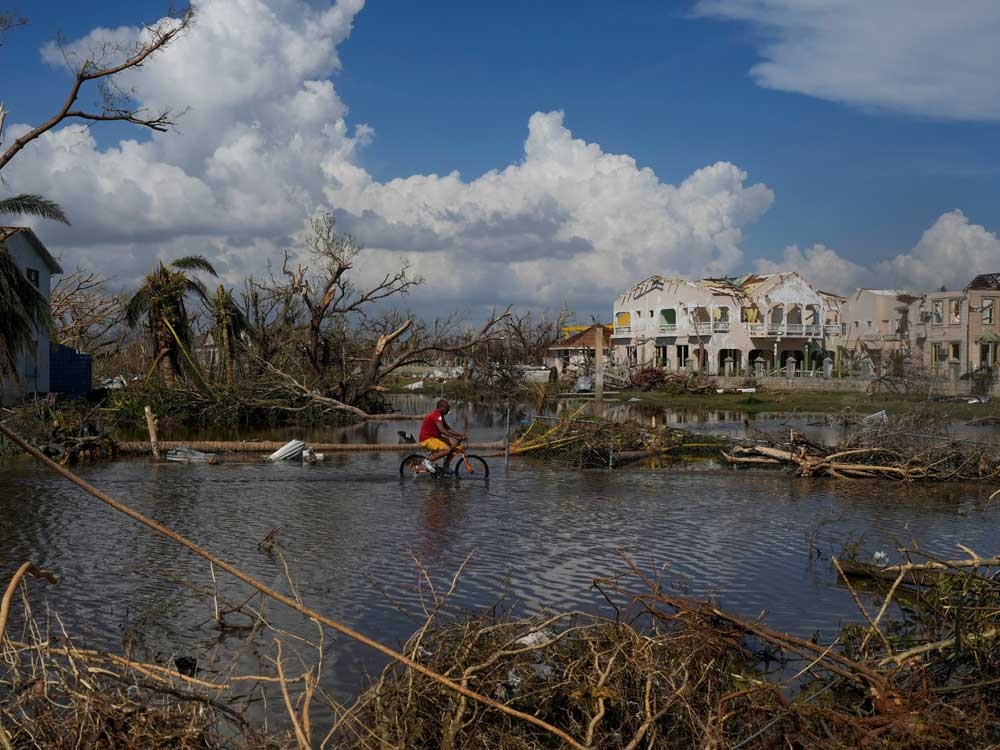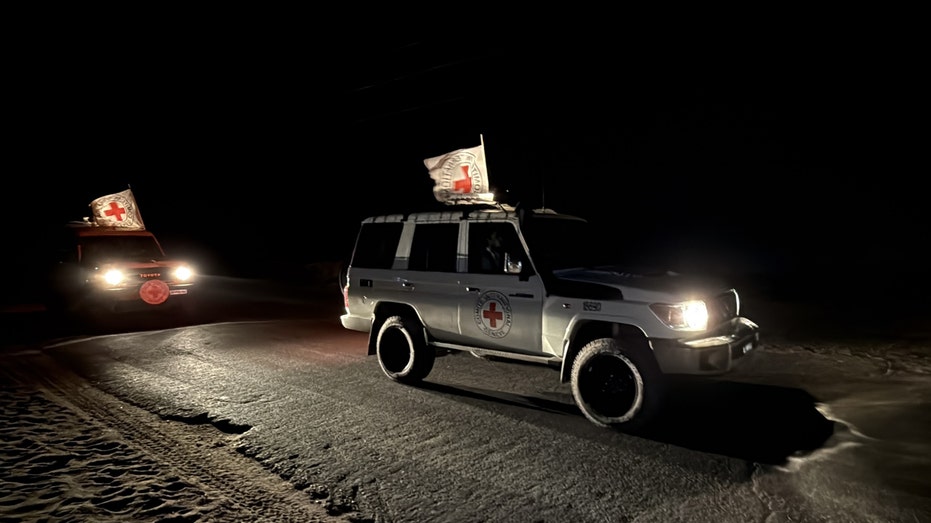A furious blend of wind and rain descended upon the Maritimes Friday, fueled by a powerful low-pressure system barreling towards the northeastern United States and the accelerating approach of Hurricane Melissa towards Newfoundland.
By midday, Melissa, a Category 1 hurricane, was a formidable presence 700 kilometers southeast of Halifax, relentlessly driving northeast at 70 kilometers per hour. Earlier, the storm had unleashed winds peaking at a staggering 139 km/h, a testament to its raw power.
The hurricane wasn’t acting in isolation. It was actively feeding moisture into the larger, sprawling low-pressure system engulfing Maine, simultaneously unleashing torrential rainfall across southern Quebec and Ontario. Warnings were issued, bracing residents for the deluge.

In the Maritimes, a practical warning went out: secure Halloween decorations. With winds predicted to gust up to 75 km/h, loose objects posed a significant hazard. Authorities cautioned about reduced visibility and the dangers of slippery conditions and scattered debris.
Officials directly addressed the region’s children, urging caution during trick-or-treating. The message was clear: safety first, and the sweetness of the candy would be amplified by a safe and careful evening.
Meteorologists offered a glimmer of hope for central and western Nova Scotia, and southern New Brunswick, predicting improving conditions around suppertime. This offered a potential window for Halloween festivities, though a limited one.
Unfortunately, Prince Edward Island and eastern Nova Scotia faced a less optimistic outlook. The slow-moving storm was expected to linger, prolonging the challenging conditions and dampening Halloween spirits.
Further east, Environment Canada predicted Melissa would transition into a post-tropical storm as it neared Newfoundland’s Avalon Peninsula Friday night and into Saturday. This didn’t diminish the threat, however.
The Avalon Peninsula braced for gusts up to 80 km/h and a sustained period of heavy rain, lasting three to six hours. Coastal areas were warned of potentially massive waves, reaching heights of seven meters along the southwest coast.
The precise track of the storm remained critical. A westward shift could bring even heavier rain and stronger winds to parts of the Avalon, while a more southerly path would keep the most intense conditions offshore, though strong southwest winds were still anticipated.
Melissa’s journey began with devastating force, making landfall in southwest Jamaica on Tuesday as a Category 5 hurricane, boasting winds of 295 km/h. It matched records for Atlantic hurricane landfalls in both wind speed and atmospheric pressure.
The storm’s impact has been tragically felt across the Caribbean, with at least 19 deaths reported in Jamaica and a heartbreaking 31 lives lost in nearby Haiti. The scale of the devastation is immense.





